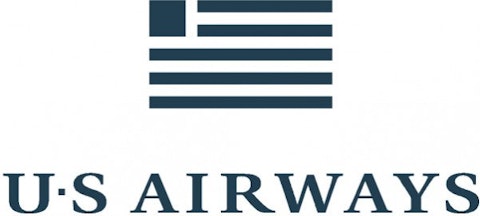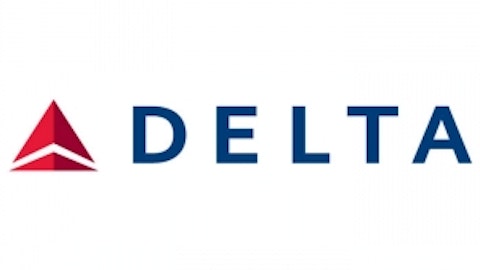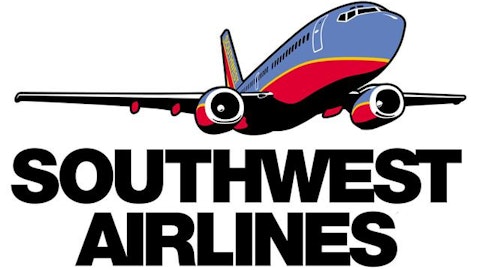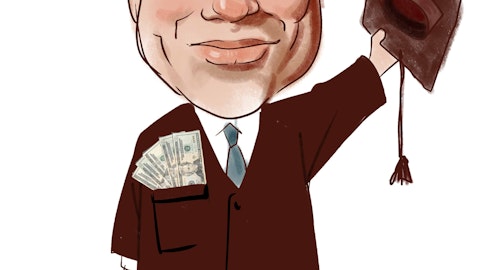Consolidations, bankruptcies, mergers, and takeovers make the airline industry a moving target when it comes to investing. Consumers feel the impact of airline performance when it comes to baggage handling, on-time arrivals, flight delays, and baggage fees. Which airline really does perform the best, investment-wise and travel-wise?
Soon US Airways Group Inc (NYSE:LCC) will complete the acquisition of American Airlines, creating a “big three” situation within the industry. US Airways Group Inc (NYSE:LCC), along with Delta Air Lines, Inc. (NYSE:DAL), and United Continental, will control 70% of the U.S. airline business. Are one of these “big three” airlines the best bang for your buck? Or will it be one of the independent airlines?
30,000 feet view of the airline industry
The U.S. airline industry continues to rebound from several years of financial calamity, with the top 10 carriers reporting a combined $5.3 billion in profit for 2012. Annual profit for the top 10 airlines rose from a combined total of $4.9 billion in 2011, with a profit margin that increased from 3.2% in 2011 to 3.7% in 2012, the latest data shows.
Just four years ago each of the “big three” saw net income in the red, while the independent airlines were still in the black. Today, four of the five airlines are reporting positive returns and appear to have fully recovered from the difficulties of 2009, and the past decade. In the past decade all of the airlines have had to recover from the devastating effects of 9/11, plus rising fuel costs, not to mention a horrible recession. The major U.S. airlines are expected to report a fourth consecutive year of profits in 2013 for the first time since the 1990s.
Here is a detailed side-by-side comparison of the “big three” plus the notable independents, JetBlue Airways Corporation (NASDAQ:JBLU) and Southwest Airlines Co. (NYSE:LUV), over the past four years.
Airline gross sales 2009 through 2012
| US Airways | Delta | United Continental | JetBlue | Southwest | |
| FY 2012 | $13.83B | $36.67B | $37.15B | $4.98B | $17.1B |
| FY 2011 | $13.05B | $35.11B | $37.11B | $4.5B | $15.7B |
| FY 2010 | $11.91B | $31.75B | $23.29B | $3.78B | $12.1B |
| FY 2009 | $10.46B | $28B | $16.36B | $3.29B | $10.35B |
| +32% | +31% | +127% | +51% | +65% |
Airline net income 2009 through 2012
| US Airways | Delta | United Continental | JetBlue | Southwest | |
| FY 2012 | $637M | $1.0B | ($723M) | $128M | $421M |
| FY 2011 | $71M | $854M | $840M | $86M | $178M |
| FY 2010 | $502M | $593M | $253M | $97M | $459M |
| FY 2009 | ($205M) | ($830M) | ($651M) | $58M | $99M |
| +410% | +220% | (11%) | +120% | +325% |
Is the greatest improvement in income the wisest bet for an investor to consider here? Or the companies that endured the least amount of change? In this case, the companies that did not go into the negative and stayed the most consistent and stable, while still growing, are the more attractive options for investors. The answers in this case are overwhelmingly JetBlue Airways Corporation (NASDAQ:JBLU) and Southwest Airlines Co. (NYSE:LUV).
The volatility and constant instability of the airlines may provide an investor with enough reasons to avoid investing heavily in the industry. One major reason to pause before investing is fuel prices. It is no secret that all of the airlines have a fuel problem, and that problem is the customer’s problem. The airline business model is designed to pass along increased fuel costs to customers.
Southwest Airlines uses a different business model from the rest of the industry, which has kept the stock more stable as the company is less vulnerable to fluctuations in fuel prices. Southwest prices out tickets in advance, based on projected fuel costs in the future. By doing so, it has been able to avoid raising prices on passengers when other airlines have to when fuel prices rise.
At Southwest Airlines Co. (NYSE:LUV), when fuel prices rise the company takes the hit, not the passengers. This keeps customers coming back for the affordable fares, which other airlines suffer from high fuel prices and lower ticket sales. This model tends to work well for Southwest and helps the company maintain the stability that the other airlines lack.
Delta Air Lines, Inc. (NYSE:DAL) has made significant investments to stabilize the impact of fuel costs in the future with the purchase of the Trainer refinery last year. The company had originally hoped that the investment would begin to be profitable in the fourth quarter of 2012. However, due to superstorm Sandy in late 2012, the refinery reported a $63 million loss. In spite of this rare one-time event, Delta Air Lines, Inc. (NYSE:DAL) is still poised to improve over time with this new refinery.
Does good service = good stock?
If it is true that customers will return to a company or airline that they had a positive experience with, and avoid the airlines they have had negative experiences with, is it possible to see that reflected in stock or net income? Better put, is there a correlation between airline income and performance ratings?




